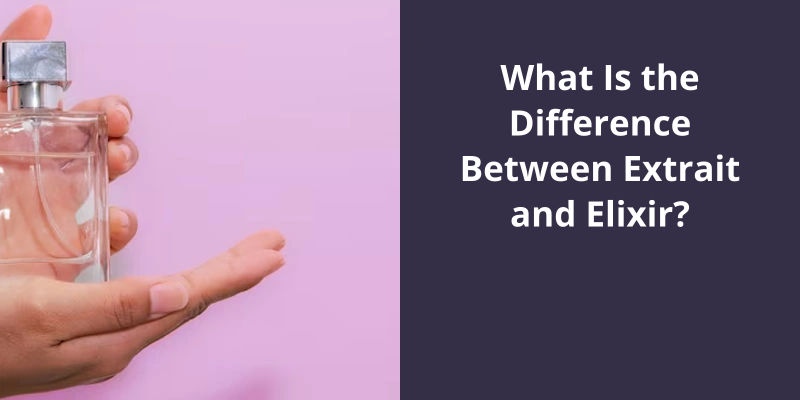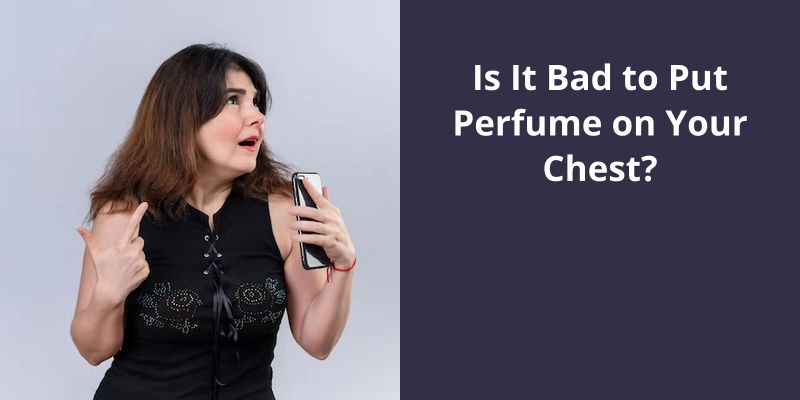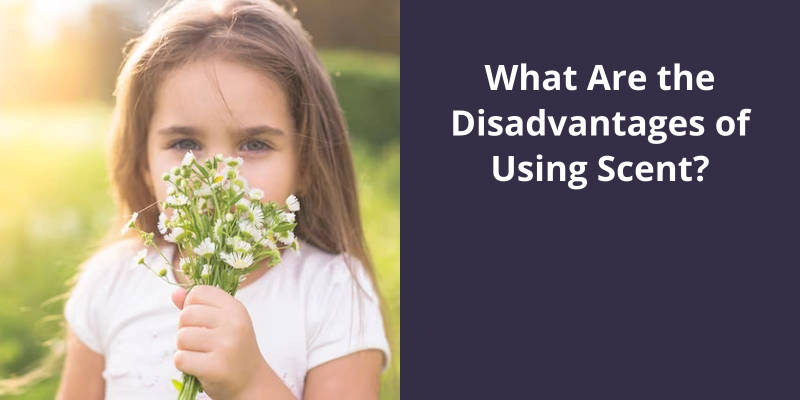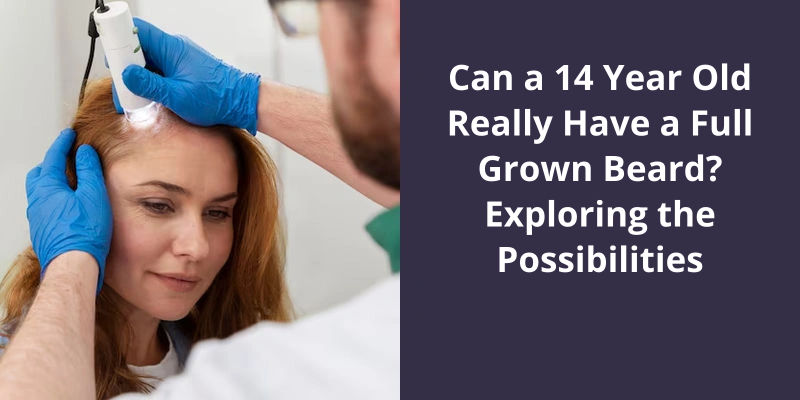Extrait and Elixir are terms used to describe the concentration and longevity of perfume oils. Extrait, also known as perfume extract, is the most concentrated form of fragrance, usually containing 20-40% of perfume concentrates, which gives it a more potent, long-lasting aroma. On the other hand, Elixir is a term less commonly used in perfumery, and it generally denotes a sweet, usually alcoholic liquid. Sometimes, it may be a subtler perfume with a lower concentration of perfume oils. Mainly, the difference between them lies in the concentration of the fragrance oil and the longevity of the scent with Extrait being more concentrated and long-lasting compared to Elixir.

What Is the Difference Between Elixir and Parfum?
In the world of perfumery, an elixir is often considered to be a highly concentrated and potent version of a fragrance. It’s typically made with a higher percentage of aromatic compounds, giving it a more intense and longer-lasting scent.
On the other hand, eau de parfum is a term that refers to a specific type of fragrance concentration. It’s typically less concentrated than an elixir, containing a lower percentage of aromatic compounds. Eau de parfum is a popular choice for everyday wear, as it provides a more subtle and balanced scent that’s still long-lasting.
Elixirs are often sold in smaller bottles, as a little goes a long way with their potent concentration. They’re often packaged in luxurious and ornate containers, reflecting their high-end nature. Eau de parfum, on the other hand, is typically sold in larger bottles as it’s intended for everyday use. The packaging for eau de parfum tends to be more simplistic and practical.
Both have their own unique qualities and appeal, catering to different preferences and occasions.
The Different Types of Fragrances That Are Commonly Made as Elixirs or Eau De Parfums, Such as Floral, Woody, or Oriental Scents
- Floral fragrances
- Woody fragrances
- Oriental fragrances
Dior Sauvage Elixir distinguishes itself from other Dior fragrances with a captivating blend of lavender, licorice, and amber. As the next phase unfolds, the lavender takes center stage, complemented by the subtle sweetness of licorice and the earthy tones of amber. This unique combination creates a spicy, woody aroma with just the right amount of sweetness, making it an intriguing choice among the range of Dior offerings.
How Is Dior Sauvage Elixir Different?
When it comes to the Dior Sauvage fragrance line, the Extrait and Elixir variations offer unique differences that set them apart from one another. The Sauvage Elixir presents a new phase in the fragrance journey, showcasing more prominent notes of lavender and a delightful touch of sweetness from licorice and amber. This aromatic blend creates a spicy, woody profile with just the right amount of sweetness to keep it intriguing.
This means that the scent longevity of the Elixir is enhanced, allowing it to last longer throughout the day without needing frequent reapplication.
Conclusion
Whether labeled as "Parfum", "Parfum Extrait", "Extrait de Parfum", "Perfume Extract", "pure perfume", or "Elixir", these fragrances typically contain between 15% and 40% of aromatic compounds. The International Fragrance Association (IFRA) states that a concentration of 20% is the most common for this type of perfume.





